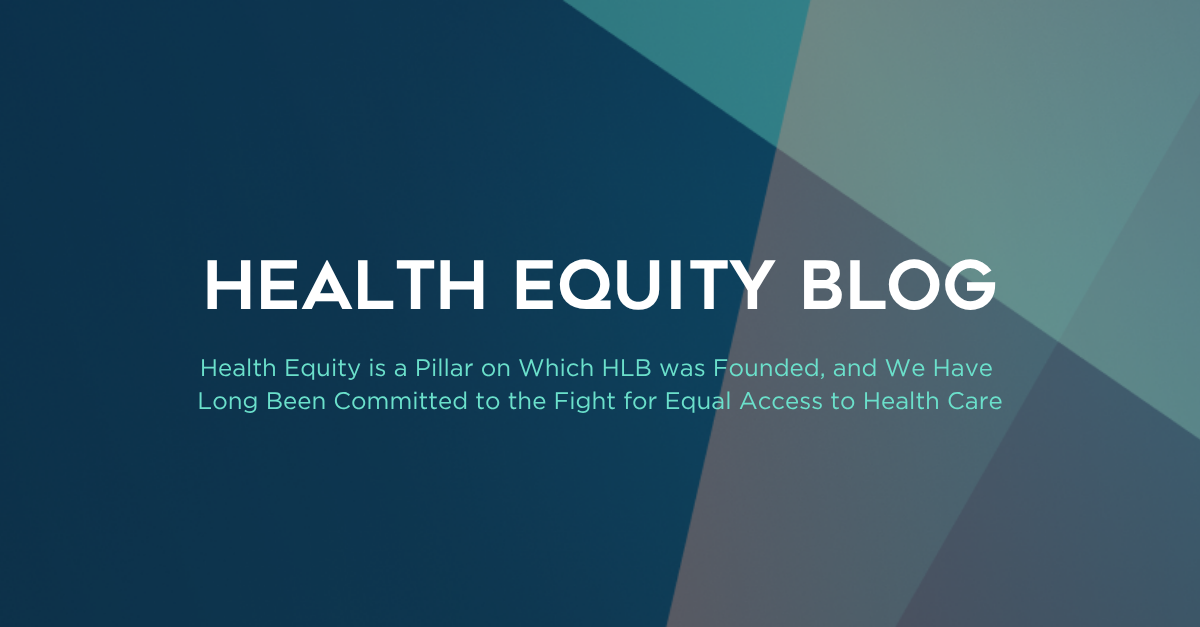
On behalf of the Hooper, Lundy & Bookman, P.C. Health Equity Task Force, here is our most recent HLB Health Equity Essentials Update.
DEA SUBMITS 3RD TEMPORARY EXTENSION OF COVID-19 TELEMEDICINE FLEXIBILITIES FOR CONTROLLED MEDICATIONS SCRIPTS
Earlier this month, the Drug Enforcement Agency (DEA) submitted to the Office of Management and Budget (OMB) for approval its proposed final rule for extending virtual prescribing practices. The proposed rule is not yet publicly available, and remains subject to OMB clearance, but this action indicates it is expected soon. Without this extension, telemedicine prescribing of controlled substances absent a prior in-person consultation with the patient’s provider would be prohibited come January 1, 2025. During the COVID-19 pandemic, telemedicine consultations became critical to ensuring vitally needed medications were accessible by some of the most critically ill and vulnerable populations.
NEW MEDI-CAL PROGRAM ENSURES CONTINUITY OF CARE FOR INDIVIDUALS BEING RELEASED FROM INCARCERATION
California leads the way once again in spearheading efforts to improve health equity and outcomes for its population. Early last year, Medi-Cal received federal approval for its Justice-Involved Reentry Initiative (JIRI) which offers targeted services to address some of the most critical health care needs of Medi-Cal eligible individuals returning to their communities after incarceration. Among these services will be mental health and substance use disorder (SUD)-related care that will begin 90 days prior to an individual’s release from custody. Effective October 1, 2024, the initial rollout of JIRI services will be available in 3 counties (Inyo, Santa Clara, and Yuba), but will expand to every California county by October 1, 2026. Given that a disproportionate percentage of the state’s incarcerated population is comprised of racial and ethnic minorities, this program will have a particular impact on individuals who are most at risk for their health care needs not being adequately addressed post-release.
CMS PROPOSED RULE WOULD STRENGTHEN ACA MEASURES TO ACHIEVE HEALTH EQUITY
On October 4, the Centers for Medicare and Medicaid Services (CMS) issued its proposed Notice of Benefit and Payment Parameters for the 2026 plan year (published in the Federal Register on October 10) that would implement standards for plans operating in the health insurance Marketplace established by the Affordable Care Act (ACA). The proposed rule includes requiring carriers to set premium payment thresholds to help reduce enrollee coverage terminations, which particularly creates risk for lower income populations who often fail to timely pay smaller premium amounts. Another facet of the rule aimed at increasing health equity is more active federal monitoring of certain Marketplace plans to ensure their provider networks include a sufficient number and geographic distribution of Essential Community Providers (ECPs), who commonly serve people with traditionally unmet medical needs and/or are low-income. Comments on the proposed rule will be accepted through November 12, 2024.
CMS ISSUES NEARLY $9M GRANT TO SUPPORT WOMEN’S HEALTH COVERAGE FOR CRITICAL SERVICES
CMS’s new Expanding Access to Women’s Health program seeks to solidify women’s health coverage and ensure access to critical health benefits in 14 states (AR, CO, HI, MA, ME, MS, NE, NH, NJ, NM, PA, VT, WA, and WI) and D.C. Recipients can use these funds to develop activities and foster educational campaigns to address historical disparities in access to reproductive and maternal health care. Improving and broadening women’s health care and coverage are critical to reducing maternal mortality rates and improving women’s overall well-being.
CMS’S RECENT MEDICAID AND CHIP GUIDANCE BOLSTERS COMPREHENSIVE CARE FOR BENEFICIARIES
As part of Medicaid’s Early and Periodic Screening, Diagnostic, and Treatment (EPSDT) requirements, nearly half the nation’s children are entitled to receive a comprehensive range of preventative, diagnostic, and treatment services, including mental health care, well-child visits, and dental, vision and hearing services. CMS’s guidance, issued on September 26, outlines strategies and best practices for states in implementing the EPSDT requirements. Ensuring that eligible children receive these health care services is vital to improving their long-term health care outcomes.
SCOTUS DENIES PETITION TO HEAR 5TH CIRCUIT ABORTION CASE
On October 7, the Supreme Court of the United States (SCOTUS) released a long list of cases for which it was either granting or denying a petitioner’s request for certiorari. Among the denials was a petition from the Department of Health and Human Services (HHS), seeking the Court’s review of a 5th Circuit decision that Emergency Medical Treatment and Active Labor Act’s (EMTALA’s) federal requirements with regard to when a pregnant individual’s life is in danger or is at serious risk of harm do not conflict with Texas state law that severely restricts access to abortions. The case began as a challenge by Texas and two medical groups to HHS guidance, which advised hospitals that EMTALA may require hospitals to provide abortions as stabilizing treatment, despite situations in which state law would otherwise prohibit the abortion. The 5th Circuit disagreed with HHS’s guidance, thus prohibiting its enforcement against Texas.
CLICK BELOW FOR MORE HLB HEALTH EQUITY UPDATES:
Health Equity BlogProfessional
If you have any questions, please reach out to Alicia Macklin, Sandi Krul, Monica Massaro, Kerry Sakimoto, or your regular HLB contact.



